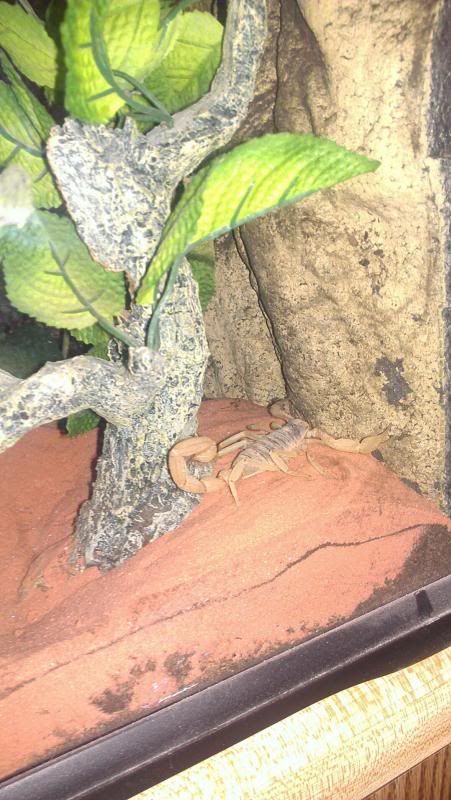- Joined
- Jan 19, 2010
- Messages
- 434
I got a really large desert hairy the other night 
I've read there are different types and was hoping on some guidance on telling them apart .??
spadix - arizonensis - hirsutus
I think I have a spadix .. shrug
I've read there are different types and was hoping on some guidance on telling them apart .??
spadix - arizonensis - hirsutus
I think I have a spadix .. shrug

